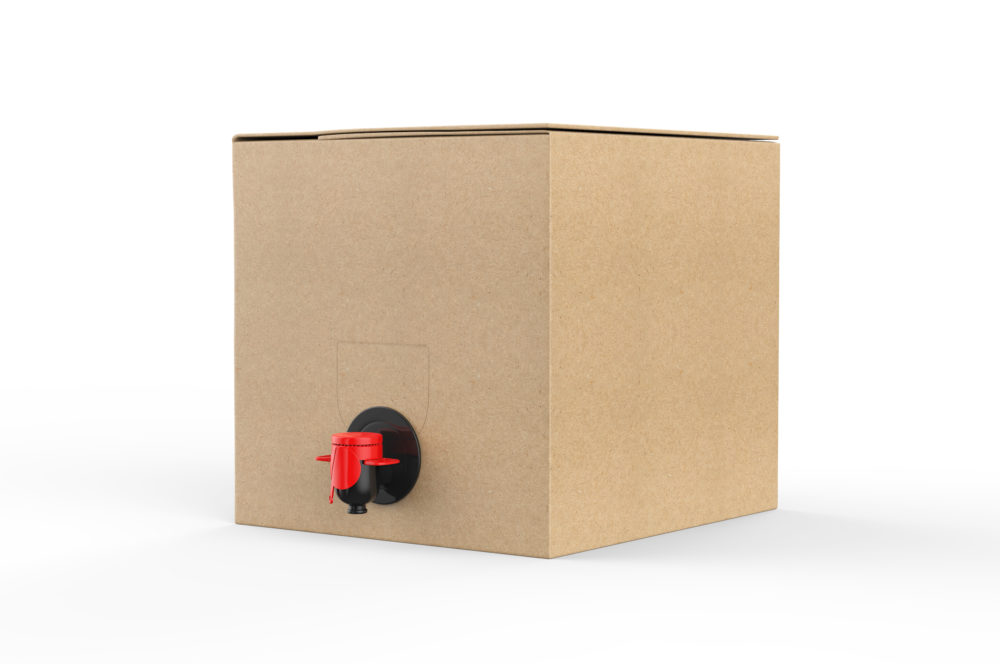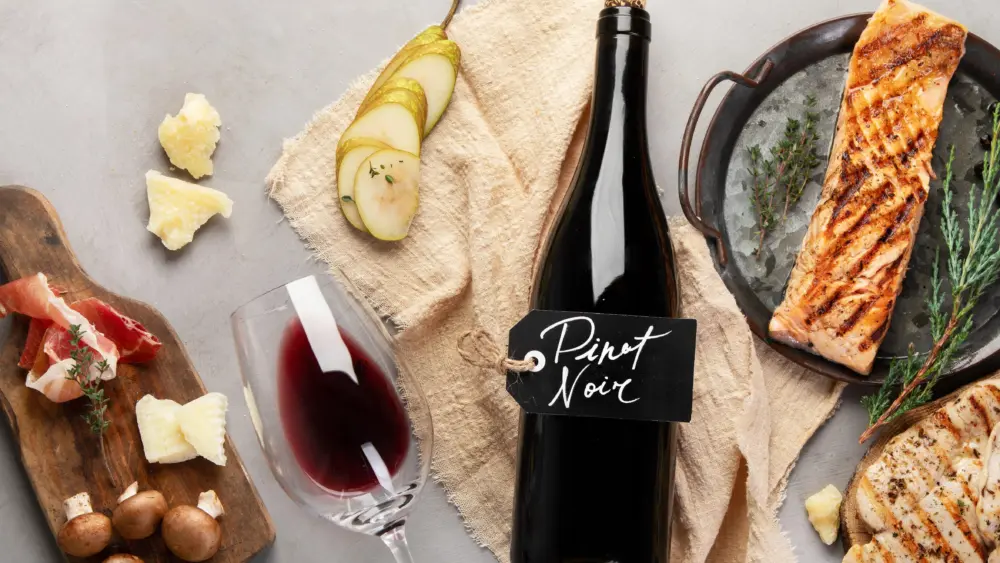
When the pandemic hit the United States in March, the sale of wine-in-box containers spiked. Like many other “necessities”—such as toilet paper and sanitary hand wipes—people initially stocked up on wine to hold them over for weeks, if not months. The thought at the time was that as soon as the initial lockdown was lifted, people would quickly revert back to their normal habits of buying wine in the more common 750-milliliter glass bottles. But that hasn’t happened as more and more people embrace the convenience, quality and ease of storing boxed wine.
Wine in a box is not new. In 1965, Thomas William Carlyon Angove, a third-generation Australian winemaker, was credited with the idea of putting wine in an airtight resealable plastic bag that might be easier to ship and less costly to purchase than heavy glass alternatives. A cardboard box was used to protect the pliable-plastic containers and also as a solid surface for branding. Later, marketers would figure out that these large, square, flat surfaces were preferable to the awkward curvature of bottles, so they designed the imagery on the front of the boxes to dominate the shelf on which it was displayed.
By the late 1970s, wine in a box was catching on in America
When I was a preteen in the early ’80s, my mother always maintained a box of Chablis in our garage refrigerator. The wine, with its ever-leaking plastic spigot, was forever wedged between racks crammed full of cardboard cartons of eggs, towering stacks of corn tortillas and countless brown bottles of my father’s favorite beverage, Lucky Lager. This beer was topped with the best bottle caps of all time, each with an intriguing “rebus” puzzle that kept us kids busy, as my dad and his buddies tinkered in the garage. They used to flip us the caps so that we could determine what a picture of, as one example, a garden hand tool plus the letters “mmm,” the word “on” and a picture of a kitchen stove might mean. (You’ll find the answer at the end.)
But even back in the 80s having wine in a box was often joked about as being fit only for schlock when compared to wine found in the classic glass bottles. Yet for my mother, who might add ice or a bit of 7-Up to her wine, the box served its purpose: It was always cold, less expensive than the glass alternatives, and there was no risk of someone (never me) accidentally dropping and breaking a glass jug of wine while looking for the eggs.
By the 1990s, after a decade of ridicule, boxed wine had become utterly gauche, and by the early 2000s, wine in a cardboard container was nearly extinct. However, as grocery stores and big-box chains started selling wine, the category of boxed wine began to grow again. By 2014, it represented about 7 percent of all wine sold in the United States by value and 17.5 percent of all wine sold by volume. And today, sales are even higher, with boxed-wine revenues surging 45 percent in the first half of 2020.
Six aspects of buying boxed wine resonate with today’s consumers: convenience, portability, storability, price, consistent quality and a lower carbon footprint. Without the concern of glass breaking or the need for corkscrews, having a 3-liter container of wine (a common size and the equivalent of four 750-milliliter bottles) means that—just as my mother did, these are easily stacked in a closet or under the bed until being pulled out and thrust into the refrigerator, or perhaps under a home-office desk for use during an online Zoom weekend celebration with friends and family. Whatever doesn’t get finished will stay fresh for longer than in a glass bottle because the tap and interior plastic container will help to prevent oxygen exposure, keeping any opened wine fresh for a number of weeks. As with any wine, it will become oxidized and stale at some point.
As we enter the winter months, it’s likely that COVID-19 will continue to surge at times, leaving wine consumers unable or unwilling to venture out to enjoy a nice glass of wine at a local restaurant or bar, or even with friends and family. Because of today’s uncertainty, many people are looking for strategies to maintain their budgets, while seeking ways to enjoy the simple things in life—in this case a glass of wine from a box that might be a perfect fit for any modern equivalent of a “home on the range.”
Author
-

Tim Carl lives, writes and teaches in Calistoga. He grew up in St. Helena and traces his Calistoga grape-growing roots back five generations. You can reach him at tcarl@northbaybiz.com.
View all posts



